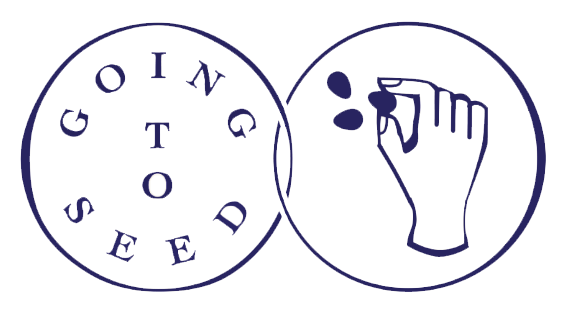The Mendocino Coastal Seed Project
The Mendocino Coast has a cool summer climate where warm-season veggies don’t thrive and aren’t often grown. This group of gardeners wanted to take on the challenge of adapting some garden favorites to foggy weather. Taking this on will lead to better long-term food security, and develop seeds to share that other coastal communities will value.
Increasing diversity through encouraging cross-pollination between varieties facilitates adaptation to local conditions, as well as increasing plant health in the following generations.
Ultimately this project will lead to resilient, nutrient-dense, and community-selected food crops, whose seeds will be freely available to any gardener that wants to grow them.
Julia Dakin and Sakina Bush are the organizers of this project.
Crops selected
This group was most excited about growing veggies that typically need more summer warmth.
Muskmelons
Seeds from a wide assortment of heirloom melons were grown at the Field of Dreams, including a dozen different heirlooms, and the Lofthouse-Oliverson muskmelons adapted to cold nights and a short season. Seeds are selected from the earliest melons that survived a cool summer in 2022.
Sweet Corn
The seeds grew on the coastal bluffs for one season; they are the early and colorful Astronomy Domine landrace now available locally at Quail Seeds.
Moschata Winter Squash
These originally came from a population selected by Joseph Lofthouse: “This landrace population is the result of allowing a large planting of many different varieties of Cucurbita moschata to grow together and cross-pollinate. Seeds were saved from those that ripened early and had dry, dark orange (nutritious) flesh. There are all kinds of shapes and sizes, and most of them ripen to that butternut tan color.” More for sale here.
